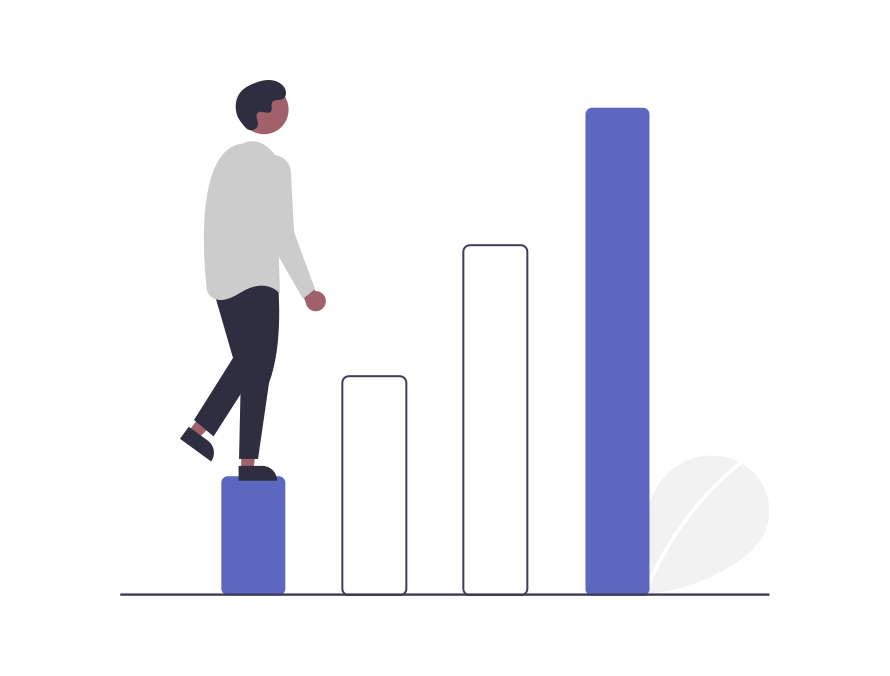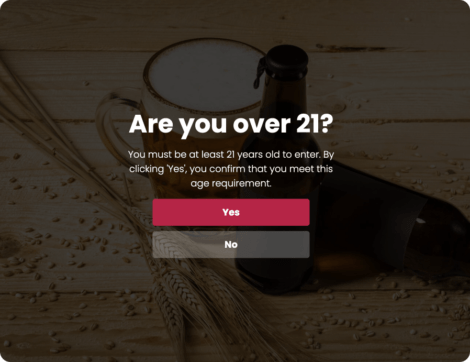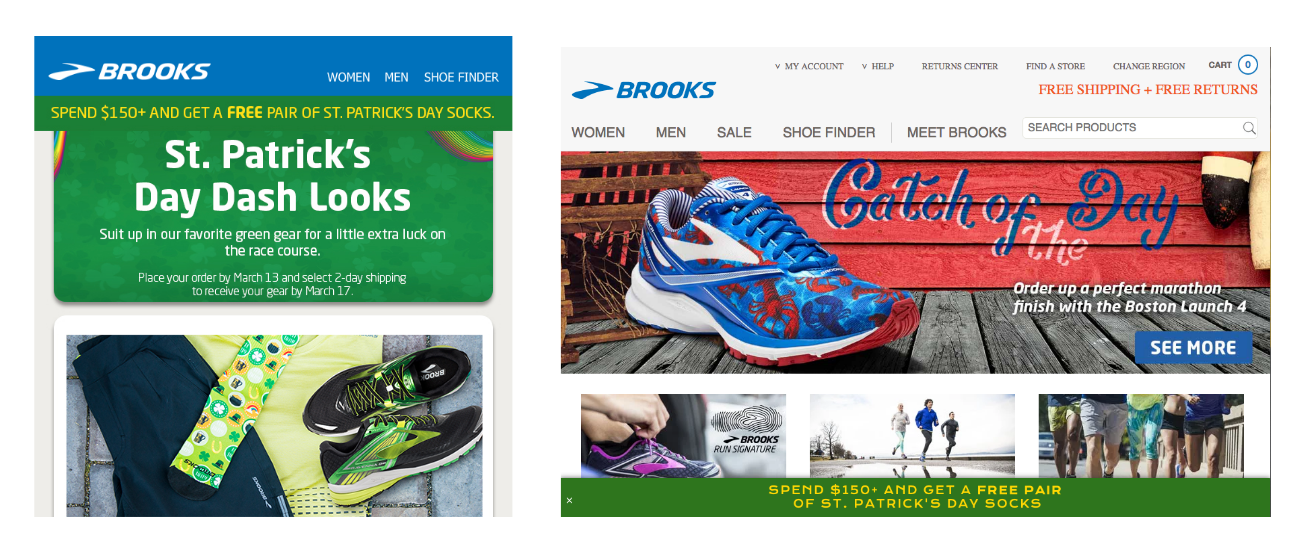At the most fundamental level, what’s the number one thing a website needs to succeed? Traffic. “But what about sales?”—well, those are the result of converting website traffic so we need to start there.
Driving traffic to your website is a constant project that is the culmination of customer acquisition, re-marketing, website optimization, and much more. Let’s dive into the ways you can boost traffic levels with a strategic approach to various channels and optimize the digital experience for conversions once they’re on your site.
Social Media
BigCommerce has said that “social media can be the single most important part of an e-commerce traffic generation strategy” and in this day and age, that couldn’t be more accurate.
Whether it’s paid advertising or your company’s own profiles, social media is a cornerstone of our lives and can be a powerhouse for driving traffic to your website. Social media combines almost all aspects of marketing: selling, awareness, and community.
For company accounts, create a content strategy that balances the need for self-promotion with engaging, non-salesy posts that are appealing and informative. Your audience needs to receive genuine value from following your account, whether it’s information or a smile, or else you run the risk of losing this coveted, non-sponsored spot on their timeline.
Create a community with your followers promoting engagement, participation, and sharing. It doesn’t have to be all product photography and sale alerts–feature customers with user-generated content: trending memes (if this is your brand voice), opportunities for feedback like new product polls, and much more. Be creative and authentic here.
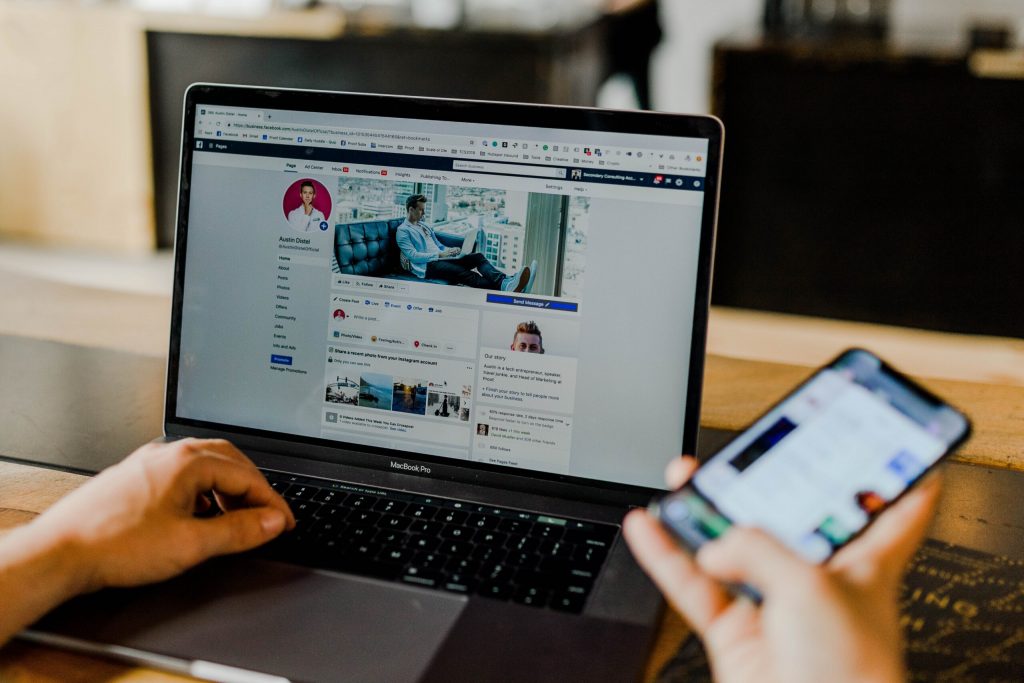
Supplement this winning ‘owned’ social media strategy with paid campaigns designed to attract consumers in your ideal customer segments, followed by an equally appealing site experience to drive conversions.
Use promotions to increase the effectiveness of these campaigns with UTM parameters to trigger specific site experiences. This will help you mirror onsite the campaign a visitor clicked through reinforcing messaging, offers, and more.
But beyond shaping the specific messaging they’ll see, it’s important to optimize your site experience for different devices as well. It’s likely that most people browsing social media and clicking through these posts are on their phones. An optimized mobile experience is key for creating a seamless experience to prevent bounces or cart abandonment by otherwise interested shoppers.
While lucrative, this channel is an essential one to get right. Follow compelling social media posts with an equally thoughtful onsite experience to captivate and convert this traffic segment.
Owned Media (Email & SMS Channels)
These channels are a GOLD MINE for driving traffic to your website, serving highly-personalized content to each subscriber’s inbox designed to encourage engagement.
Create segments for a variety of buyer personas like:
- Those who haven’t been to your website recently (ex. Within the last 30, 60, 90 days)
- Formerly active/engaged subscribers who have gone dormant
- One-time customers
- Re-targeting browsers or cart abandoners
Target groups like these with content tailored to their interests like previously browsed or purchased products, new arrivals they may have missed, or with post-purchase messaging designed to bring them back for more.
With SMS campaigns, you can create an instant connection with open rates upwards of 95% and a straight forward call-to-action driving them to your site. Optimize these messages further with links designed to add the featured item directly to their cart or a specific product page with a clear CTA.
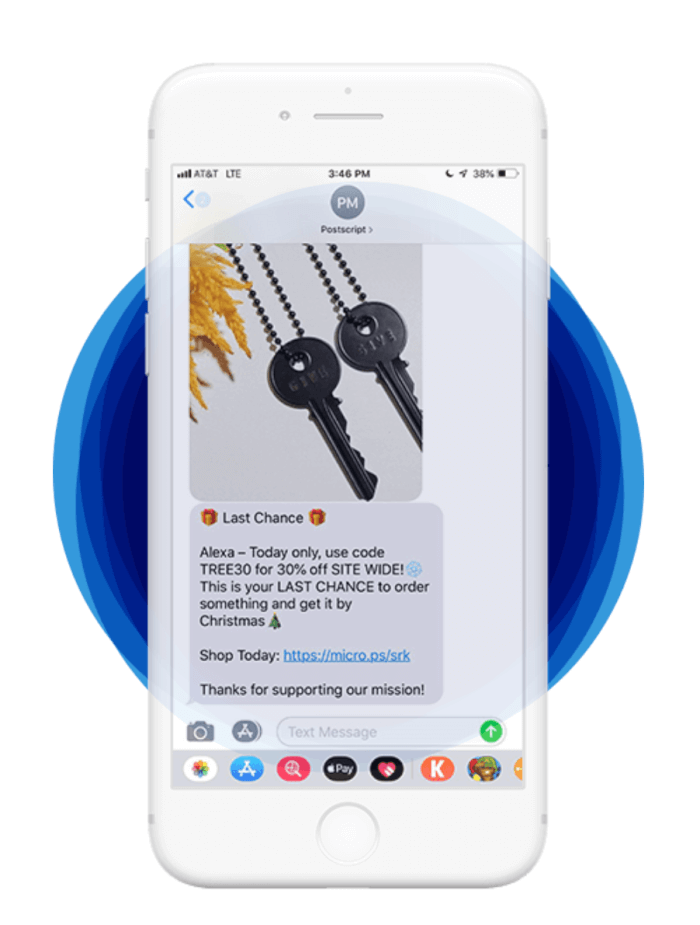
For email campaigns, your content can be more dynamic and expansive than in SMS with more real estate to work with. The content and its structure will depend on the segment whose traffic you’re looking to earn and where you want to direct it to.
The click-through behavior of high-intent segments like browse and cart abandoners will be different than that of recent customers or dormant subscribers, which is why segmentation is an absolute key for successful re-marketing. The content that drives traffic back from one won’t work on the others; so find the highest value segments to focus on improving the click-through rate of.
Much like the social media campaigns, you can optimize this traffic’s experience to convert using UTM parameters to reflect campaign messaging onsite and personalizing every touchpoint.
By improving the efficacy of your email and SMS marketing efforts, you’ll get more out of each subscriber and improve their experience engaging with your brand. Remember, batch-and-blast emails are a thing of the past. To successfully drive more traffic, you’ll have to provide real value and appeal directly to the person behind the screen, giving them a reason to click through.
Organic Traffic & SEO
Improving your website’s visibility on search engines is a key part of driving more traffic to your site. What better way to attract visitors than by being at the top of their results when looking for or researching products? Organic traffic makes up most of the activity on the internet and those visitors are looking for a solution that you can provide—there isn’t a more ideal combo than that!
Keyword research is a great place to start when looking for SEO improvements. When you’re looking at keywords to target you’ll need to keep in mind things like search volume, difficulty, relevancy, competitors, etc.
Once you’ve developed a keyword strategy you can work on creating the content necessary to help you rank for those words. That means a content marketing strategy revolving around publishing blogs, sourced content, etc. The more authority you can create, the more likely you are to rank for your industry’s competitive terms.
Next up, it’s time to analyze your site experience itself and how it affects your SEO. Promotions can actually help your rankings by reducing bounce rate, increasing time on site, pages clicked through, and other important metrics.
But the key to unlocking and improving your on-site experience is segmentation and personalization. No two segments are the same, just like no two website visitors are–affecting the lens through which your website is viewed and engaged with.
Create targeted website experiences with these promotions, designed to appeal to certain behaviors and motivations. This way you’ll craft onsite messaging unlocking conversions and triggering desired actions.
Organic traffic is the most basic foundation for website traffic there is, without optimizing for it, you’re setting yourself up for an uphill (expensive) marketing battle.
Word of Mouth
This type of traffic generation can fall into several of the channels above, but we dedicated an entire section to this type of promotion because of how influential reviews and recommendations are. Did you know that 70% of people would trust the recommendation of a stranger?
If you aren’t harnessing that power, you’re missing out on a huge amount of potential. We’re not only talking about reviews featured on your website and product pages, but the comments people make on Twitter or tagging their friends in Instagram posts
Each of these is a key interaction point, where someone else has taken the burden of generating awareness off your shoulders and getting you in the door, so to speak.
This type of grass-roots movement isn’t something that just happens–it’s the result of having a great product and customer experience throughout the marketing funnel. Word of mouth is the result of doing the rest of your job well and that’s why it’s at the end of this blog. It’s not something you can engineer or plan for, but rather work toward and aspire to.
Once you’ve created a product and brand experience worthy of being spread, then you can begin to capitalize on the power of this channel. Depending on your brand that will show up in a variety of forms, each of which valuable for driving traffic to your site.
Final Thoughts
Driving traffic to your website isn’t as simple as one, two, three, But it is as simple as finding and building your perfect audience segment and creating a holistic brand experience to reflect back to them. (We know, that’s not simple…but didn’t it sound awesome?!)
Start with identifying your potential traffic sources and prioritize them based on a target audience –ones that fit the most profitable characteristics of your brand. From there, it’s a matter of optimizing the performance of every on and off-site channel–to drive more (qualified) traffic back to your site and greet them with a personalized experience, designed to convert each and every one of them.
Onsite conversion optimization isn’t easy, that’s why Justuno is here to help turn more visitors into customers using advanced personalization and AI-powered tools. Try our CRO Analyzer to see how you can turn more of your visitors into customers and optimize your existing traffic.
